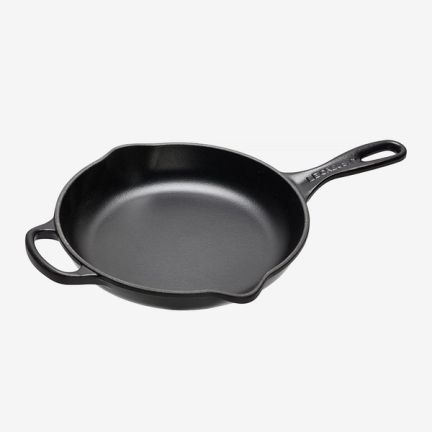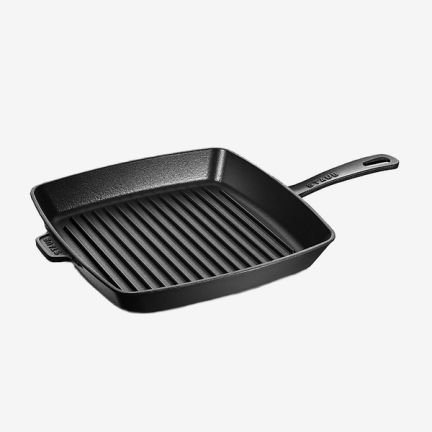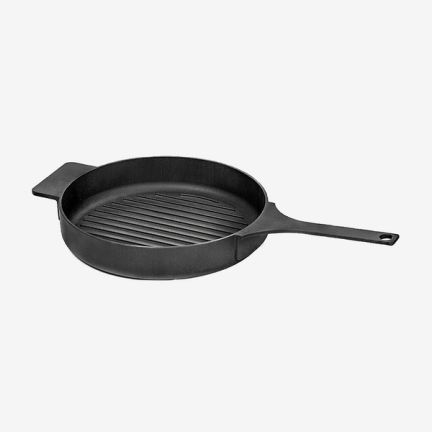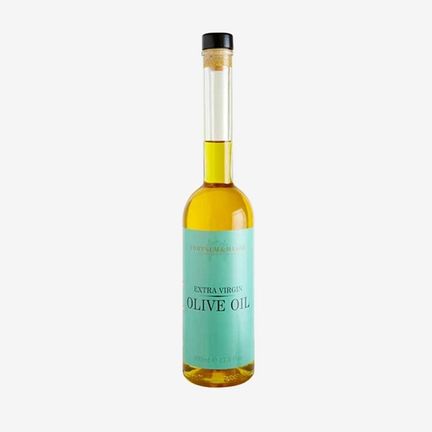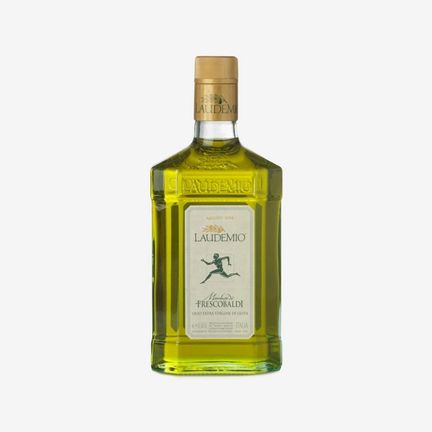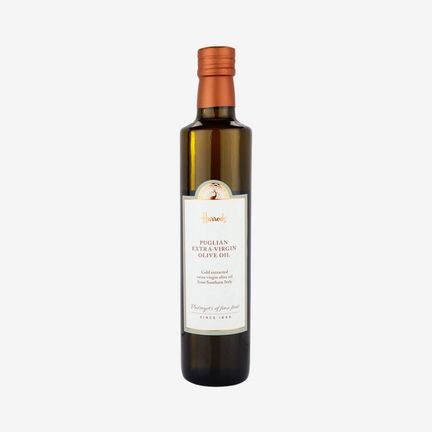Here’s how to properly season your cast iron skillet
The tough guy of your kitchen cupboard isn't as hardy as he likes to make out. But follow these three simple steps, and you'll soon be getting the most out of your griddle...
Cooking has become increasingly barbaric. We’re smashing our avocados, souring our dough and spiralising our vegetables. And, even when the smoke and steam clear, we can be found scurrilously planning the grisly ways we’re going to do away with tonight’s potatoes, or dispatch tomorrow’s lunch.
It’s all drama and fire and brimstone in the kitchen these days. We’re forging blades from Damascus steel and firing trendy earthenware crock pots to within inches of their ceramic lives — and that’s before we even come to the charcoal crusts and artisanal volcanic reductions that we’re actually eating.
But, fiery fads and phases aside, the long-reigning king of this chargrilled, scorched earth approach to the culinary arts is the cast iron skillet. Little more than a chunk of angry, practical metal, these blackened pans are the gold standard of gutsy gastronomy — and will outlive any cookery craze.
Yet, despite the simplicity of the skillet, many of us are managing to get these griddle pans badly wrong. You may think that its crustiness gives it character, or that the only time you should show it any attention is when throwing a well-seasoned ribeye to its mercy, but the cast iron skillet is actually one of the most sensitive and easily damaged pieces of cookware in your kitchen (not that we’d ever say that to its cast iron face…)
So, to help you properly ‘season’ your skillet — for that is the name given to the process which will keep it in fierce, fiery working order — we’ve broken down the process into three simple steps.
First up, you must wash - and dry - your skillet with the care you would a newborn
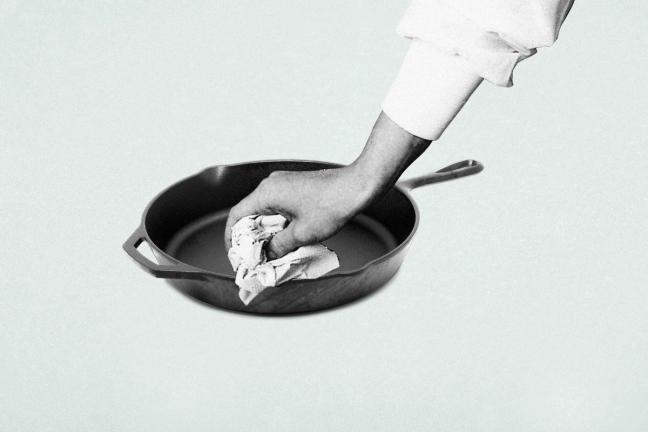
That might sound overdramatic. It’s not. These cast iron pans are the purest pieces of cookware in your kitchen. So, the moment you start neglecting them, and throwing all manner of unoiled offcuts and — heaven forbid — vegetables in without first properly preparing them, your skillet will become about as useful as a chocolate teapot. Or a chocolate skillet, come to that…
Preparation, then, is everything. And before we begin the seasoning proper below, you must ensure your pan is thoroughly scrubbed clean in warm, soapy water. But, more important than this is that you dry the raw metal through. So, in addition to any drip and towel-drying, ensure you heat any excess water off your skillet before moving onto step two — preferably by placing it over a naked flame for a minute or two.
Next, buy the finest oil you can find, and rub layer after layer into your skillet
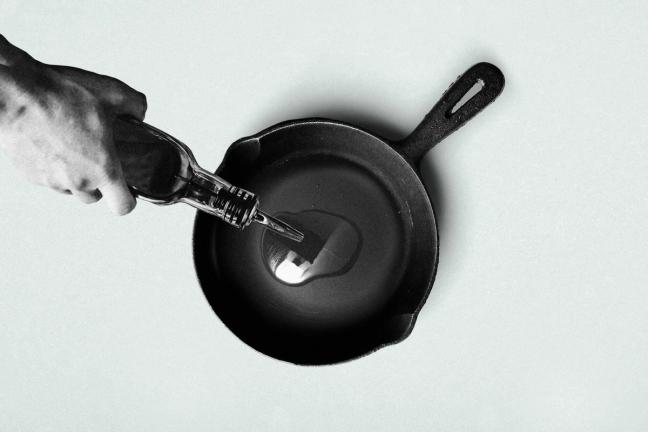
If you’ve heard it once, you’ve heard it a thousand times; steaks — the most popular dance partners of cast iron skillets — should be oiled before they hit the pan. That’s because, aside from some food science fluff about proteins and intramuscular fats, your skillet should already have enough oil in its ferrous fabric to keep your steak from sticking.
But achieving this self-seasoning quality is not easy. Firstly, you must find the best oil you can — we’d suggest one of the below extra virgin olive oils — and dedicate a good chunk of time to rubbing layer after layer of oil into the base of your griddle. Get close to every ridge, right up the sides and ensure that, between each layer, you punctuate your applications with the third step…
Sear that self-lubricating, oily goodness into the iron by baking your skillet in the oven

So your skillet has been oiled. Next up — and this is the most important step if you want to enjoy a long and fruitful (steakful?) relationship with your prized pan — you must bake it in the oven with the heat of hellfire. This way, all of that oil will bond with the base of the skillet, and become part of the pan itself thanks to a process known as polymerisation. In short, the pan will become self-lubricating, and develop a true knack for non-sticking. It’s like teflon, but sexier.
And the best way to bake your pan is to flip it upside down and slide it into your oven on a central rack at around 230°c. This way, the heat will circulate evenly around the oven and keep washing waves of searing, sealing heat across the skillet — strengthening it with every passing minute. Leave it in for around 30 minutes for full effect, and don’t forget to slide a tray in under your skillet to catch any excess oil.
Repeat four or five times initially, and keep tending to your skillet intermittently after that, too. Because it may look like the tough guy of your kitchen cupboard line up, but the cast iron skillet will only really deliver when you treat it with a little care.
Want a recipe for the perfect roast lamb? We asked Michelin-starred chef Marcus Wareing for his…

Become a Gentleman’s Journal Member?
Like the Gentleman’s Journal? Why not join the Clubhouse, a special kind of private club where members receive offers and experiences from hand-picked, premium brands. You will also receive invites to exclusive events, the quarterly print magazine delivered directly to your door and your own membership card.
